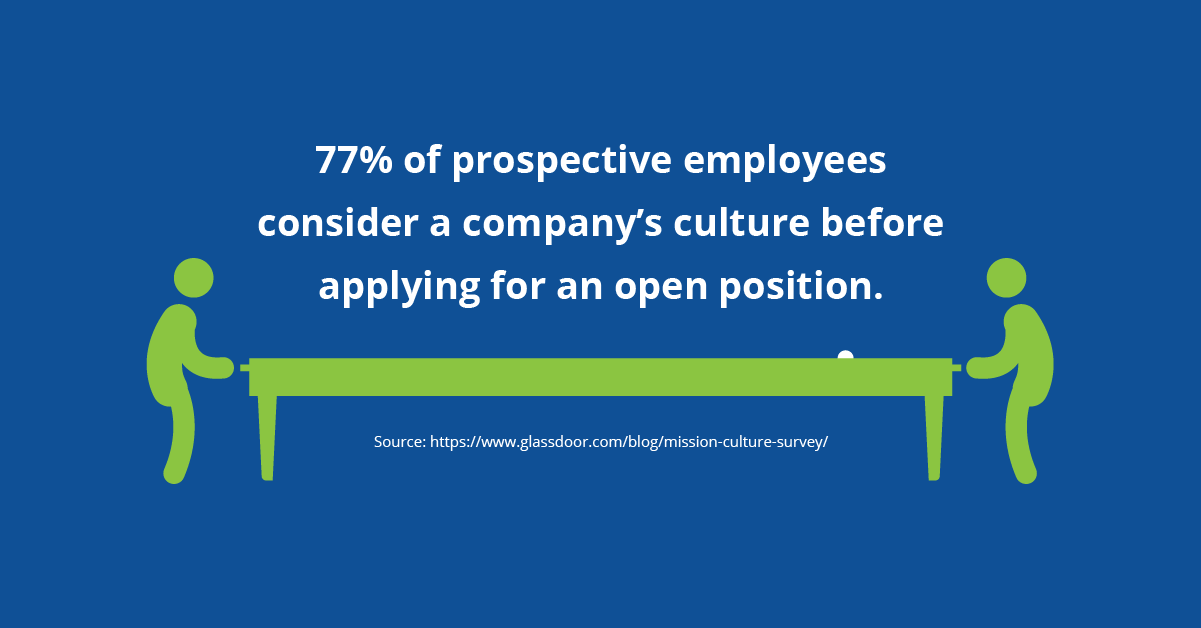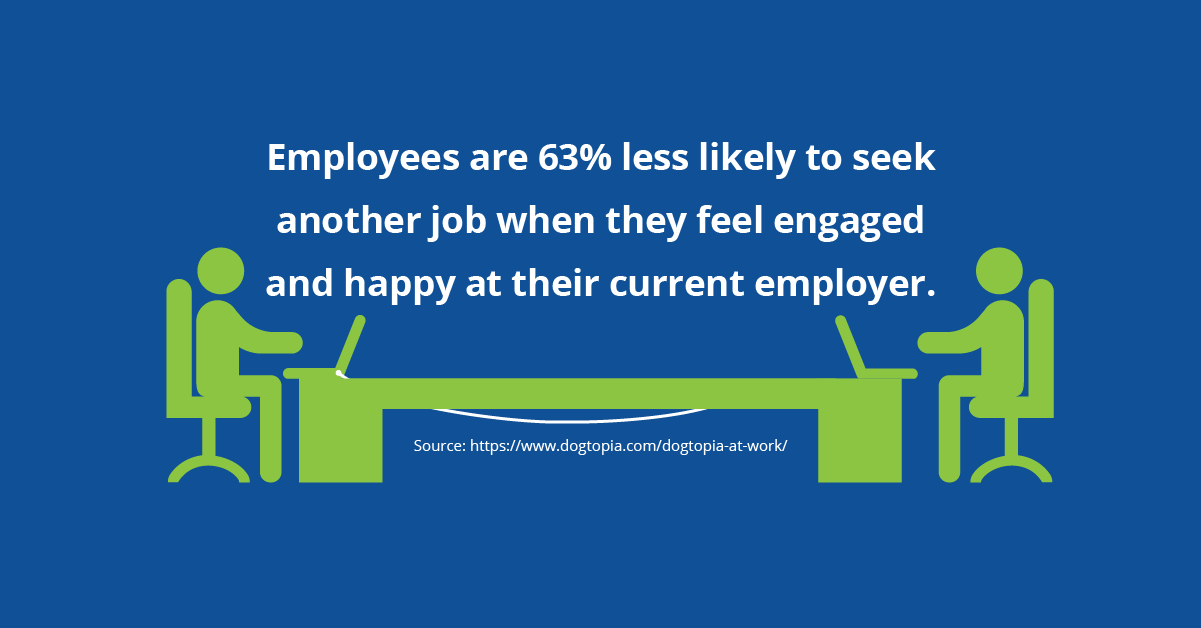As most human resources executives know, employee turnover carries some very heavy costs. That’s why it’s crucial to consider adding unique employee benefits as part of a strategy to attract and retain the best and brightest talent.
Right now, the job market is competitive. While many people are looking for new positions, companies are taking great care to select the best talent with limited budgets. On top of that, losing great employees is an expense few can afford right now. After all, according to Gallup.com, it can be quite expensive for a company to replace an employee—up to two times the employee’s annual salary.
To keep the best talent and attract top candidates in the future, there are several strategies to consider, including these six best practices from HR solutions provider Sapling. One of these practices is revisiting employee benefits and perks.
Why are benefits and perks so important? They can be strong differentiators and give you a competitive edge. Taking time to consider adding unique benefits not found at every other company signals a commitment to your employees. They can reflect your corporate values and boost culture.
And we can’t overlook the financial rewards that come from an investment in perks: Offering unique benefits can reduce costs in two primary areas:
- Turnover/attrition
- Healthcare expenses
Let’s dive in, starting with the attrition factor.
Outstanding Corporate Culture Reduces Attrition
There are myriad reasons employees decide to voluntarily leave their companies, and a lack of alignment with the culture and not feeling valued by management is a big one. Younger employees in particular seek out employers who openly express how much they value team members and communicate strong, well-defined missions and visions for their work.
Corporate culture is a defining aspect for many employees. It needs to be a good fit at first, and then long-term. Today more than ever, prospective employees will research what a company is like before they apply for a job. Glassdoor’s Mission and Culture Survey 2019 found the following:
- 77% of prospective employees consider a company’s culture before applying for an open position
- 74% of employees would start looking for another job if the corporate culture at their company deteriorated.
It’s no small decision to accept a job offer for today’s top talent. And once hired, you want employees to stay. According to Dogtopia, employees who are engaged and thriving at their current place of employment are 63% less likely to look for another job.
So, how do you promote your culture and engage with employees through unique employee benefits?

A solid starting point is to examine your own corporate passion for inspiration. Some companies wrap their own signature product or service directly into employee perks and benefits. For instance, many publishing companies like Penguin give employees free or deeply-discounted books. Ben & Jerry’s famously gives employees three pints of ice cream a day.
While these are fun examples, they’re not translatable to every company. (There’s isn’t exactly a “three pints of ice cream a day” equivalent in, say, the financial or insurance sectors.) The takeaway from these examples is the idea of sharing the company’s passion with the people who work for the organization.
That’s why having a clear mission/vision statement is so important. These statements are the foundation from which customers, clients and employees build their relationship with you. They express what’s most important to your organization, and help attract like-minded people.
So look to your mission statement when you’re brainstorming new employee benefits and perks to offer. As you develop an internal culture that supports your passion, there may be many complementary benefits that align well with who you are.
For instance, if wellness is an important value to your company, you can find ways to share that passion through your employee perks and engagement. Adding health benefits like GIThrive to help with specific conditions can be a defining and personal touch that says, “We understand the life challenges that come with your condition, so here is a resource to help.”
Beyond digital health solutions, here are some great ideas from Insperity for smaller organizations to glean inspiration from what the biggest companies are doing in the perks department. While you might not be able to install a full track at your headquarters like Nike, you could organize a Fitbit-enabled wellness walking challenge.
Address Healthcare Expenses with Digital Solutions
Speaking of wellness, healthcare insurance and medical coverage remain at the top of the desired benefits pile for good reason. About 49% of the population receives insurance through employers, according to the Kaiser Family Foundation.
There’s little doubt that standard medical coverage is an essential employee benefit that few companies can be competitive without. Many companies are now realizing that there’s more to the equation than basic health insurance, though: adding additional health and wellness benefits for their employees boosts employee well-being and promotes a strong culture. As a bonus to employers, these benefits can also save costs over time through lowered claims and expenses for certain chronic health conditions.
First, digital healthcare of all kinds has become a big draw for many employers. It’s enabled telehealth options so people can see doctors without going into an actual doctor’s office. Digital app solutions help people stay healthier during this pandemic by making it simple to track fitness, nutrition and get medication refills faster.
There’s real value to be had in digital solutions. According to a recent Marsh & McLennan survey, 40% of employers believe that sponsoring or promoting digital health solutions will help employee retention in our post-Coronavirus world. In the same survey, one-quarter of workers say they’re more likely to stick with an employer who offers digital solutions.
Some solutions like GIThrive are designed to help employers get their arms around total spend for certain diseases and conditions. Digestive disease, for instance, is a wide umbrella term that can cover dozens of conditions such as irritable bowel syndrome (IBS), inflammatory bowel disease (IBD, which includes Crohn’s and ulcerative colitis), diverticulitis, and many more. GIThrive includes a deep dive into claims data to analyze and determine how much a company spends on healthcare and prescriptions for employees with these conditions. After all, without a proper claims analysis, the dozens of different codes can have little cohesion.
Chronic diseases are expensive. However, there’s some positive news: many chronic conditions, especially digestive diseases respond quite well to lifestyle, behavioral and nutritional changes.
That’s where digital solutions come in. Bridging the gap between the doctor’s office and everyday life, solutions like GIThrive give employees a handy way to track their symptoms, and develop better habits to help reduce flare-ups and, over time, reduce the impact of their condition on their lives.
Digital healthcare apps provide additional support and guidance that a clinical setting can’t, empowering employees with chronic conditions to effectively manage symptoms, reduce flare-up possibilities and even learn to adhere to medication recommendations better. Over time, this equals less money spent on traditional healthcare treatments and diagnostics.
A Pro-Wellness Culture Pays Off
Health and wellness are top-of-mind in 2020 for most people, and employers can find creative, differentiating benefits to reflect this important need. With perks and benefits that align with corporate values, companies have an opportunity to attract and keep employees, engaged, happy and healthy.

Today’s workers really want to work for companies that care about their health. To quote the folks at Marsh & McLennan: “Overall, there is high demand for a pro-health culture. Investments in digital health tools can help demonstrate that employers value health and well-being. This dovetails with the interests of workers, many of whom want their company to create healthy environments.”
With the right balance of solutions, the bottom line can also benefit. If you’d like to talk with us about a no-obligation claims analysis to see how much you’re spending on digestive diseases and conditions, click the button below.







